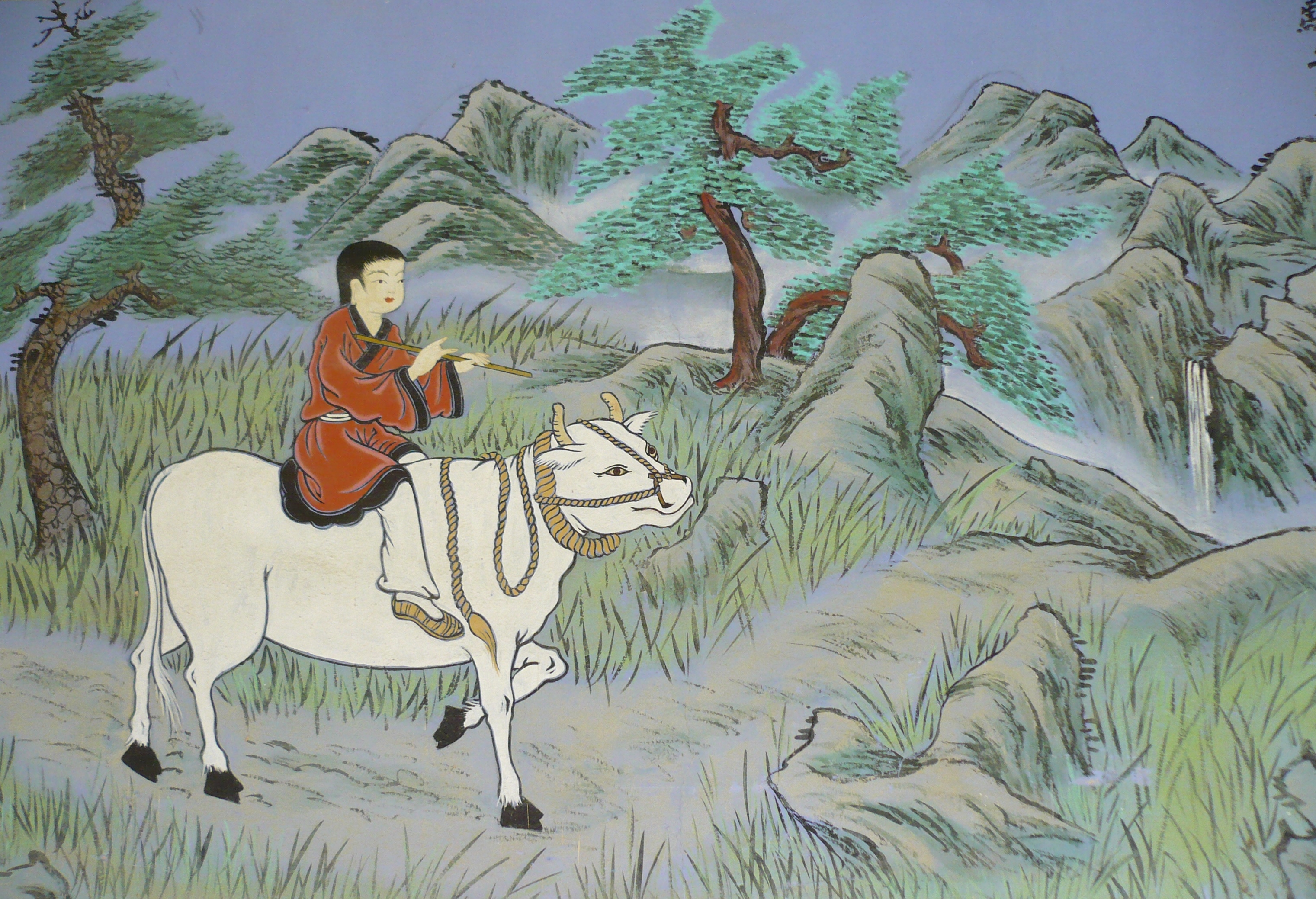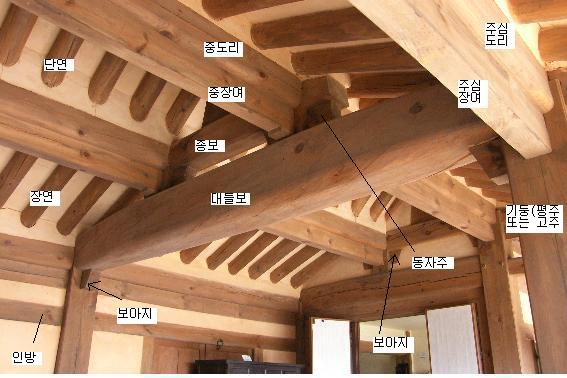Quite some time back, I translated (or, rather, attempted to translate) a list of 108 Korean Buddhist affirmations, which I had initially encountered on a Buddhist
television channel in early 2010, but then subsequently
researched and found online.
After having finished that little translation project more than a year and a half ago, I have finally decided to put the complete list in a single place (instead of being scattered through 108 blog entries, using the “create page” functionality of my blog host (a “page” is different from a “post” in that it isn’t a dated entry but a sort of stand-alone entry).
Here is my newly-created page of the 108 affirmations with translations.
One thing I have wondered about is if these affirmations were natively Korean, or if they derived from some older tradition. There is definitely a tradition in the wider Buddhist sphere of creating lists of 108 affirmations, prayers, or other types of things, but I haven’t run across this particular list of affirmations (I mean in terms of the content of their meanings). I don’t have the linguistic ability to research very thoroughly or effectively, though. If the Korean 108 affirmations came from somewhere, they were likely mediated through classical Chinese, about which I know nil. I’m a little better with Pali (the Prakrit language of the core Buddhist scriptures – only in that I can muddle through the abjad and/or find romanized versions that are vaguely decipherable or provided with translations), but I haven’t seen anything like this list in Pali.
I recently learned that China acquired Buddhism from the Gandharan civilization – which was the Indo-Hellenic civilization in the upper Indus valley and the Kush (i.e. modern Northwest Pakistan and eastern Afghanistan). This is interesting to think about, as it leads to scholarly speculation as to the level of influence between classical Greek thought (I’m thinking here of the same currents of Platonist and neo-Platonist thought that so strongly influenced the New Testament) and the evolution of Mahayana Buddhism (i.e. as practiced in the “North”: China, Korea, Japan, etc.) as distinct from Theraveda Buddhism (i.e. as practiced in the “South”: Sri Lanka, Burma, India, Thailand, etc.). The so-called “Esoteric” Buddhism of Tibet and Bhutan is a third strain that has its own history.
I took the picture below in June, 2010, visiting 원효사 (Wonhyo Temple) near Gwangju.


